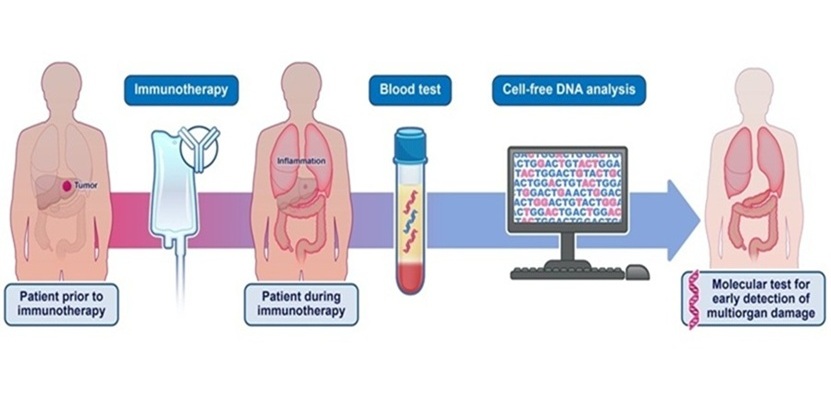Microarray Detects Viral Antibodies and Quantifies C-Reactive Protein
By LabMedica International staff writers
Posted on 25 Dec 2012
An immobilization method for an immunoassay-based microarray for a serologic diagnostic method has been combined with quantitative C-reactive protein (CRP) assay. Posted on 25 Dec 2012
Microarrays are widely used in high-throughput DNA and ribonucleic acid (RNA) hybridization tests and recently adopted to protein and small molecule interaction studies for clinical diagnostics.
Scientists at the University of Eastern Finland (Kuopio, Finland) used a synthetic peptide of Human immunodeficiency virus-1 (HIV-1), a recombinant protein from Puumala hantavirus (PUUV) nucleocapsid, and purified virus preparations of Sindbis and adenoviruses as antigens for virus-specific antibody detection. They also used a monoclonal anti-CRP antibody for antigen detection. The microarray was based on conventional enzyme immunoassays in regular 96-well polystyrene plates and densitometry from photographed results.
The CRP results were in concordance in the concentration range 0.5 mg/L to 150 mg/L with two commercially available CRP assays, the ReaScan rapid test (Reagena International; Toivala, Finland) and Cobas 6000 analyzer (Roche; Basel, Switzerland). Peptide and recombinant antigens functioned well, while whole virus antigens gave discrepant results in only one out of 23 samples from the reference method tested with human sera with various antibody responses.
There was 100% concordance of the HIV-1 peptide and PUUV recombinant–based tests to the reference method and 96% concordance of adenovirus and Sindbis virus tests with a single discordant positive and negative result for both viruses.
The authors concluded that their results indicate that microtiter plates provide a promising platform for further development of microarrays for parallel antibody and antigen detection. The coating method used in this study was versatile for both antibodies and antigens of different physicochemical properties, such as peptides, proteins, and whole virus preparations. The study was published on December 4, 2012, in the journal Diagnostic Microbiology and Infectious Disease.
Related Links:
University of Eastern Finland
Reagena International
Roche














